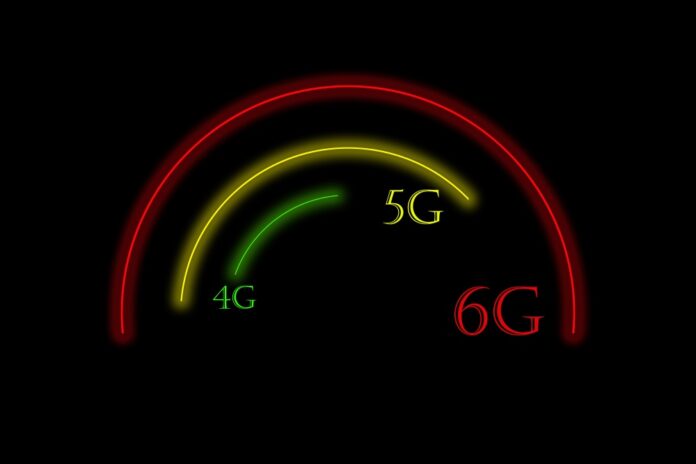No more argy-bargy between 4G and 5G as spectrum multiplier makes them work together and double their performance
Cohere Technologies has raised $46 billion in Series D funding in an investment round led by Koch Strategic Platforms (KSP) which invests in companies that are transforming industries. “We believe Cohere’s disruptive innovation has great platform potential even beyond today’s mobile networks,” said KSP MD Adam DeWolf, “this management team has shown it can navigate a very difficult ecosystem and make its mark on the industry.” Existing investors include Lightspeed Ventures, NEA, and Telstra Ventures.
Stops 4G and 5G antagonism
The developer claims that its spectrum multiplier software can get double the usual performance from both 4G and 5G networks simultaneously. The Universal Spectrum Multiplier (USM) solves one of the problems of Open Ran systems, whereby the dynamic spectrum sharing (DSS) system penalises 5G mobile performance to accommodate 4G devices. Cohere’s USM software works like a networking team captain and gets the best possible performance out of both players by accommodating their playing styles. This lets mobile operators share spectrum efficiently between 4G and 5G subscribers.
Spectrum is precious resource
The elimination of the content waste effectively doubles the performance of the network and gives the operator the full advantages of Multi-User, Massive MIMO and cloud economics. “Recent US spectrum auctions totalled more than $100 billion and underscore the massive value of licensed spectrum, and the opportunity to double the performance of this huge investment can’t be understated,” said Ray Dolan, Chairman and CEO at Cohere Technologies. “Our software can now support multiple waveforms, including 4G, 5G and 6G, and removes barriers to generational co-existence.”
Delay Doppler effects channel unity
The cohesion is created by Cohere’s patented Delay Doppler channel detection method. It adopts an orthogonal beam management style which leads to breakthrough MU-MIMO performance in both the FDD and TDD spectrums, by using the same time and frequency resources. The Delay Doppler channel engine is waveform independent, so multiple dissimilar waveforms can operate in the same spectrum band. The outcome is improved performance and maximized value of all spectrum assets.
Operators could really RAN with this
“The maximisation of spectrum resources is crucial for all mobile operators,” said Nick Tompson, strategic technology lead for RAN solutions with Telstra. “4G will be around for many more years and the co-existence of 4G with 5G is a must-have as networks evolve. We welcome this pragmatic solution approach by Cohere.” Universal Spectrum Multiplier software can be integrated by network equipment suppliers in the RAN or as an xApp in the Telco Cloud.
Performance can double with Doppel
Cohere has already demonstrated a performance doubling improvement for 4G FDD and 5G TDD for Vodafone along with VMware, Intel and CapGemini. “Customers have successfully tested our existing O-RAN solution and confirmed substantial improvements to 5G network and spectrum efficiencies,” said Stephen Spellicy, VP of product marketing and business development with VMware’s Service Provider & Edge Business Unit, “We plan to bring these capabilities to both 4G and 5G networks to help service providers further their RAN investments.”



